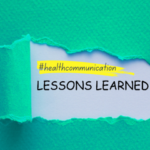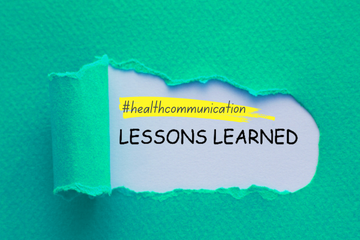Bipartisan investment in improving the U.S.’s oral health care system could lead to less oral disease and, in turn, a healthier population and better economy, according to Harvard T.H. Chan School of Public Health’s Benjamin Sommers and Hawazin Elani.
Sommers, Huntley Quelch Professor of Health Care Economics, and Elani, assistant professor in the Department of Health Policy and Management, co-wrote an article detailing the inadequacies of public dental insurance and outlining reforms that could help more Americans access care. The article was published Feb. 20 in JAMA Health Forum.
Medicaid, Medicare, and the Affordable Care Act (ACA) Marketplace—the three main public insurance plans in the U.S., covering roughly half of the population—don’t offer complete dental care coverage to adult enrollees. Depending on the state, some adults enrolled in Medicaid or insured through the ACA Marketplace have comprehensive dental care; others have none. Medicare offers dental coverage only for a limited number of medically necessary services; supplemental coverage offered by Medicare Advantage plans can be expensive and doesn’t sufficiently serve adults transitioning from Medicaid to Medicare.
“Addressing these gaps requires a bipartisan effort and substantial reform of oral health care financing and delivery,” Sommers and Elani wrote. Improvements could include:
- Establishing dental coverage as a required, standard benefit for adults enrolled in Medicaid
- Making insurance plans with dental coverage the default option for individuals enrolling in the ACA Marketplace
- Coordinating dental coverage for adults eligible for both Medicaid and Medicare, and ensuring seamless transitions when moving from Medicaid to Medicare
- Investing in better data collection and reporting on dental coverage, in order to better inform policy
According to Sommers and Elani, making dental coverage more accessible is crucial to improving oral health outcomes in the U.S. In 2023, nearly 70 million adults didn’t have dental coverage, and nearly 60% were unable to visit the dentist, most often because of cost. In 2019, the U.S. lost more than $78 billion in productivity as a result of untreated oral diseases.
Read the JAMA Health Forum article: Fillings Needed for Gaps in Government Dental Coverage
Last Updated
Featured in this article
Ben Sommers
Hawazin Elani










